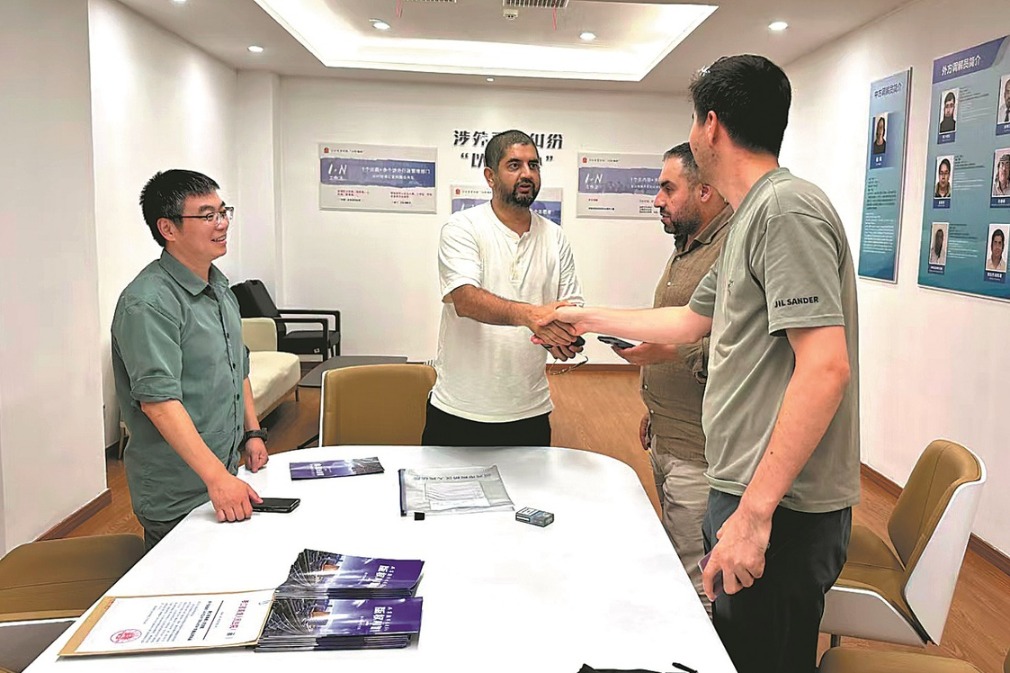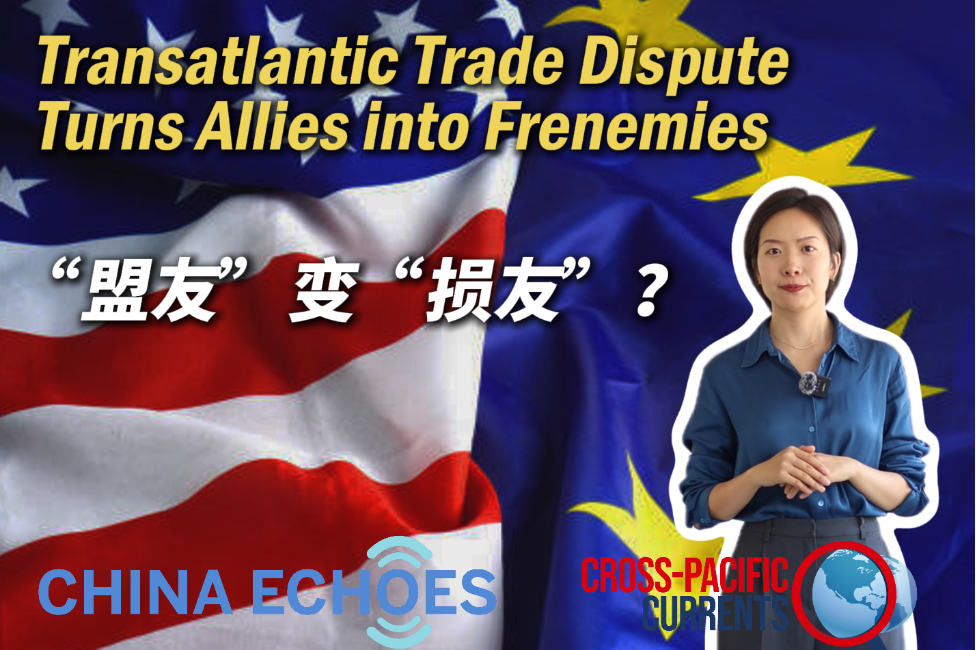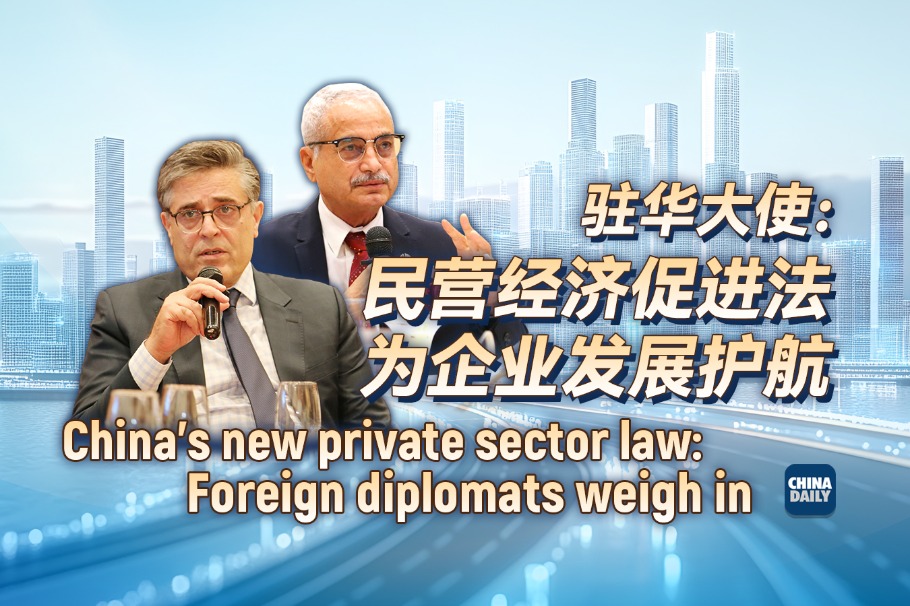Longi kicks off building of solar plant in Indonesia
By ZHENG XIN | China Daily | Updated: 2025-06-26 09:48
Chinese solar power giant Longi Green Energy Technology Co Ltd announced on Wednesday that it has kicked off a strategic project to establish a photovoltaic panel manufacturing facility in Indonesia.
The facility, in collaboration with Pertamina New and Renewable Energy (Pertamina NRE) — a subsidiary of Indonesian state-owned energy company Pertamina — underscores a shared commitment to advancing renewable energy adoption in Southeast Asia and supporting Indonesia's ambitious energy transition goals, it said.
The new facility in Deltamas, West Java, will feature an annual production capacity of 1.6 gigawatts and is set to commence construction this month, significantly boosting Indonesia's domestic solar PV production capabilities.
"Indonesia holds immense potential in renewable energy, and Longi is proud to contribute our world-leading solar technology to this transformative journey," said Dennis She, vice-president of Longi.
"This facility represents not just an investment in manufacturing, but a long-term partnership to accelerate Indonesia's clean energy future. By localizing production, we aim to drive down costs, foster innovation and create high-value green jobs, reinforcing our commitment to a net-zero world," said She.
Longi said the collaboration is a strategic step toward strengthening Indonesia's renewable energy supply chain.
The project will enhance the domestic component level, aligning with the Indonesian government's push for greater local content in renewable energy projects and meeting rapidly growing demand for high-quality solar PV modules in both the domestic market and across Southeast Asia, it said.
The Indonesian government has set a target of 17.1 GW of new PV installations over the next 10 years, which indicates that demand for PV power in Indonesia will continue to be unleashed with the advancement of the plan.
Industry experts said Chinese firms play a key role in helping Indonesia make steady progress in the development of the PV sector.
Longi announced earlier this month that it set two new world records for solar cell efficiency, including a 33 percent conversion efficiency for a commercial-sized (260.9 square centimeter) perovskite-silicon tandem solar cell and 26 percent efficiency for a crystalline silicon module, further cementing China's leading position in the global PV industry.
Technological advancements and innovation by Chinese solar companies are key to driving down costs of electricity derived from the sun, accelerating the global energy transition away from fossil fuels, said Lin Boqiang, head of the China Institute for Studies in Energy Policy at Xiamen University.
Chen Fei, an analyst of renewables supply chain research with global consultancy Rystad Energy, said with the United States imposing steep tariffs on solar panel imports from four Southeast Asian countries — Cambodia, Thailand, Vietnam and Malaysia — Chinese manufacturers are accelerating production relocation.
"We've seen some leading Chinese firms seek to outsource cell manufacturing and announced new capacities in collaboration with local enterprises in Indonesia and Laos, while more commonly the manufacturers have turned to markets in Europe, the Middle East and Africa, and announced plans to establish manufacturing capacities there," said Chen.
However, most of the announced capacity relocation plans have seen little progress so far, except for a few fast-movers who have already commissioned production or plan to commission production in early 2026.
The US Department of Commerce determined earlier that solar cells from Cambodia, Malaysia, Thailand and Vietnam were being "dumped "into the US market and imposed tariffs, some exceeding 3,500 percent, in response. This action is impacting the solar sector in Southeast Asia, with some manufacturers considering shutting down or relocating.
Rystad Energy said US module manufacturing capacity is projected to surge, assuming no significant delays or cancellations.
However, a gap between crystalline silicon cells and module production capacity will persist, and the US will maintain reliance on imports of earlier-stage components over the short term, said Chen.
























